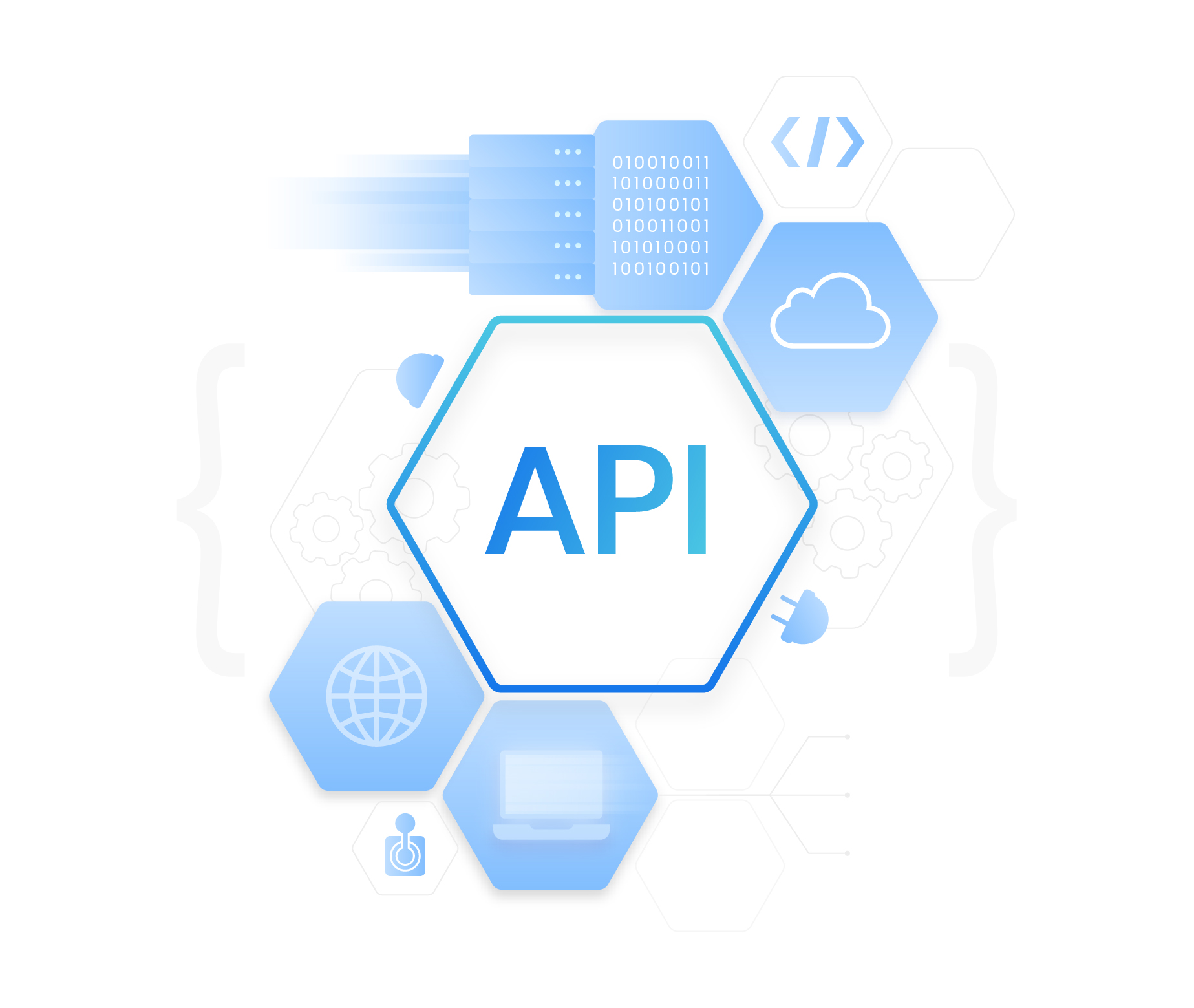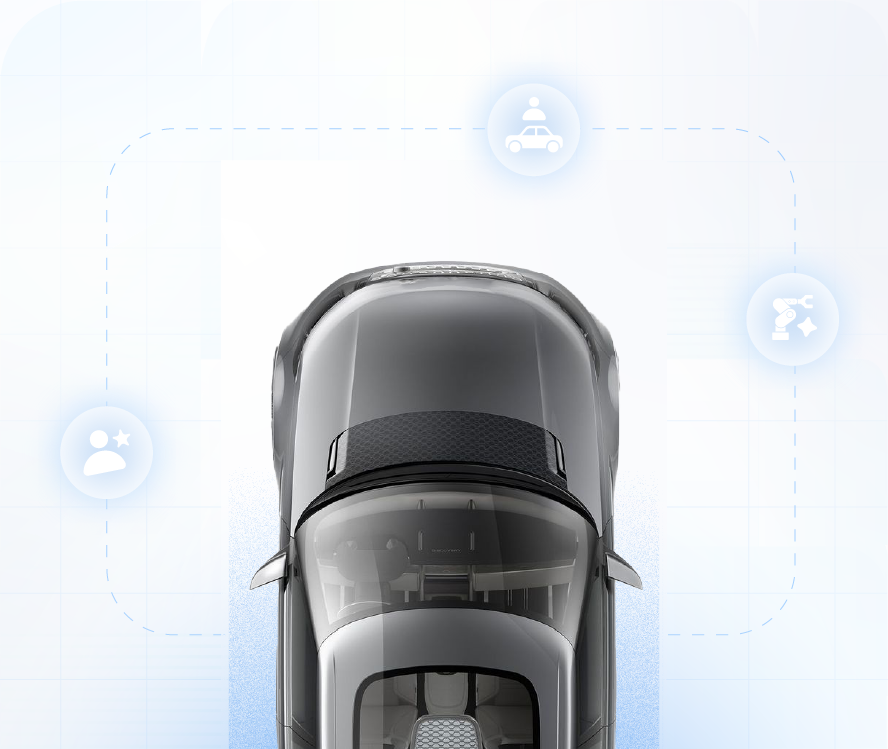Blog
Revolutionizing customer service: How seamless customer portals transform customer interaction
By Farooq Ghauri, on July 16, 2025
Explore how next-gen customer portals reshape asset finance by delivering seamless self-service, stronger security, and mobile-first experiences, meeting modern customer expectations.

The asset finance and leasing industry has undergone a notable evolution in customer service delivery. Traditional, call center-dependent models are increasingly replaced by digital customer portals that empower users with control, transparency, and immediate access to information. This shift is not just a trend but a necessity as customer expectations evolve rapidly, demanding immediate access to their financial information and transactions anytime, anywhere.
Digital customer portals have emerged as a cornerstone of modern customer engagement strategies.
Deloitte's 2024 Global Contact Center Survey revealed that 20% of companies were investing in better self-service capabilities. This underscores the growing emphasis on self-service options in the financial industry.
However, not all portals deliver equally. Many existing solutions struggle with limited functionalities, poor user experience, and outdated security protocols.
Modifications in asset finance
Modern customer service involves empowering customers through self-managed digital interactions. Portals facilitating this shift must support both financial and non-financial modifications:
1. Financial modifications
- Loan restructuring and payment rescheduling requests
- Early termination and asset return processing
- Real-time hardship application and resolution workflows
2. Non-financial modifications
- Personal detail updates
- Preferred contact channel selection
- Real-time tracking of queries and disputes
By enabling these functionalities, financial institutions reduce reliance on manual back-office processes, significantly enhancing customer autonomy and operational efficiency.
To further highlight the importance of these functionalities, the heat map above shows how different age groups interact with key portal features like loan restructuring, payment scheduling, and hardship requests. The data underscores the need for intuitive and feature-rich self-service portals.
Understanding customer portal complexities in asset finance
Customer portals in asset finance and leasing are not one-size-fits-all. Unlike retail banking platforms, they must handle:
- Multiple active contracts
- Asset-specific data and documentation
- Configurable compliance requirements
- Dynamic loan servicing across various stages
Challenges often encountered with existing customer portals include:
1. Limited authentication practices
Basic login methods expose customer data to risks, especially in financial environments requiring stringent security. For example, single-factor authentication without multi-layered security is no longer sufficient.
The average cost of a data breach reached a record high of $4.88 million in 2024, marking a 10% increase over the previous year. This underlines the critical need for robust security measures in financial portals to protect sensitive customer data
2. Basic functionality
Lenders often provide static portals with limited options for customers to manage payments, update personal details, or submit requests online, leading to frequent call center escalations.
3. Restricted document visibility
Portals often fail to offer transparent access to loan-related correspondence and signed documents due to compliance and security concerns.
4. Managing multiple contracts
Customers holding several loans or leasing vehicles struggle to navigate portals that lack clear segmentation or drill-down capabilities.
5. Compliance and security
Adherence to data privacy laws and industry regulations demands configurable document access, audit trails, and secure authentication, areas where many portals fall short.
About 40% of breaches involved data stored across multiple environments, including public clouds, where breach costs averaged $5.17 million. This complexity makes comprehensive data governance and secure portal architecture indispensable for asset finance firms operating in hybrid environments.
The strategic importance of self-service and digital touchpoints
Modern customer service strategies require portals to facilitate interactions across multiple digital touchpoints seamlessly. Customers demand:
- Instant access to real-time information across the web and mobile devices.
- Secure self-service capabilities for document retrieval, payments, and modifications.
- Efficient and intuitive interfaces minimizing customer effort and frustration.
Effective portals integrate seamlessly with broader customer management systems, ensuring consistency and efficiency in service delivery.
Gen Z & Millennial imperative: Why a mobile-first portal is non-negotiable
These cohorts already dominate digital traffic, and they will soon dominate your loan book. Their expectations set the bar for all other age groups.
Equipping teams for effective customer engagement
A truly powerful customer portal should streamline interactions, not only from the customer’s perspective but also for back-office teams. Effective portals provide:
- Integration with payment gateways simplifying financial transactions.
- Automated KYC processes, maintaining compliance and reducing manual verification.
- API-based cross-platform compatibility, ensuring seamless integration with diverse internal and external systems.
Who benefits from an advanced customer portal?
Several stakeholders benefit significantly from enhanced customer portals:
Customers: Enjoy a frictionless, secure, and personalized digital experience.
Customer service teams: Equipped with automated processes and comprehensive customer insights for efficient issue resolution.
Compliance and risk management teams: Gain better control over regulatory adherence and security through detailed audit trails and advanced authentication measures.
Marketing teams: Leverage integrated communications to deliver targeted offers and maintain consistent messaging.
The preferences of different generations are critical to understanding how customer portals should be designed. The following chart, based on a 2024 survey by the American Bankers Association, illustrates the banking method preferences by age group, showing the growing dominance of digital banking (especially mobile banking) and the decline of traditional banking methods like telephone calls and in-person branch visits.
The strategic impact of a next-gen customer portal on business outcomes
Implementing a robust customer portal yields significant benefits:
- Operational efficiency
Reducing call center loads and manual workflows, freeing up staff for higher-value tasks.
- Customer trust
Providing transparent access to loan information and secure document viewing builds confidence and reduces disputes.
- Compliance assurance
The portal’s configurable document restrictions and comprehensive audit trails support adherence to regulations such as GDPR and CCPA.
- Revenue growth
Engaged, loyal customers with easy access to contract options and offers drive repeat business and upsell opportunities.
NETSOL’s customer portal solutions: A differentiated approach
NETSOL’s customer portal solutions are engineered to address these challenges head-on, not only providing customers with seamless access to their information and services but also empowering customer service agents with the tools they need for efficient service delivery.
1. Robust authentication practices
Security is foundational to NETSOL’s portal. It implements one-time password (OTP) verification via email or SMS not only during initial login but also before critical actions like hardship requests or payment method changes. Coupled with multi-factor authentication (MFA) capabilities, this approach significantly reduces unauthorized access risks.
2. Intelligent customer lifecycle management
The system includes auto deactivation policies triggered by inactivity, accompanied by proactive customer notifications. This lifecycle management maintains portal hygiene, secures dormant accounts, and encourages re-engagement, balancing security with customer convenience.
3. Dynamic, tile-based user interface (UI)
Moving beyond static, text-heavy pages, NETSOL offers a customizable tile-based UI that empowers customers to tailor their portal view. This improves usability and engagement by allowing users to access the most relevant functions, from loan summaries to payments, at a glance.
The Deloitte report notes a significant industry shift from overwhelming users with numerous features to refining core services for greater clarity and seamlessness. This focus on optimizing user experience aligns perfectly with NETSOL’s tile-based, customizable UI, designed to empower customers with clarity and ease of use.
4. Local integrations
NETSOL’s customer portal solutions support local integrations, such as interactive maps for location-based services, ensuring customers can access personalized, region-specific information. These integrations enable a more localized and context-aware user experience.
5. API-first integration & cross-platform accessibility
NETSOL’s customer portal solutions are built with an API-first approach for easy integration with any existing system, ensuring seamless operations. Designed for cross-platform accessibility, these portals provide a consistent user experience across mobile, web, and in-vehicle systems, allowing customers and service agents to access data anytime, anywhere.
Built for Gen Z & Millennials
• Instant mobile parity: The same tile-based UI renders in responsive web and iOS/Android shells, so Gen Z users never feel “second-class” outside the browser.
• Sub-90-second core workflows (loan restructuring, payment deferral, early termination) proven in UAT, no waiting room spinners.
• Hyper-personal banners & alerts driven by usage data (e.g., mileage feed flags) to surface pre-approved offers exactly when younger borrowers expect them.
• Gamified security UX: OTP + MFA are baked in but delivered via push/Biometric prompts that feel “native,” not bolted on.
If 7 out of 10 of your future customers already prefer an app to a phone call, the quality of that app, and the portal fabric behind it, determines whether they stay or churn.
What’s next for customer portals?
Over the next 24 months, leading lenders are already piloting IoT-enabled mileage feeds that flow straight from the vehicle into the portal, letting customers see real-time usage and auto-recalculate residual values. Early adopters are also integrating embedded-insurance offers at the end of each self-service workflow, for example, a “one-click add-on” that bundles GAP or tyre-and-wheel cover during a payment reschedule. A May-2025 study shows 84% of Millennial and Gen Z buyers expect insurance to be embedded in the digital purchase journey, treating it as a loyalty signal rather than an afterthought.
Executive perspective: The API-first vision
“In asset finance, digital engagement often stops when complexity begins. Our vision is to erase that boundary, so a customer can restructure a loan, update telemetry-based mileage, or add embedded insurance in the same 90-second flow, without ever compromising security or compliance.
We built the new customer portal solutions as API-first platforms, so every touchpoint, mobile, web, even in-vehicle, speaks the same language. That’s what lets our clients iterate in days, not quarters, and future-proofs them for whatever comes next.”
Conclusion
At NETSOL Technologies, we are committed to revolutionizing customer service through innovative, secure, and user-friendly customer portal solutions tailored specifically for the asset finance and leasing industry. Our portal solutions go beyond traditional solutions, providing the flexibility, automation, and engagement tools needed to meet today’s customer expectations and tomorrow’s challenges.
Message from the author
If you’re ready to elevate your customer interactions, streamline operations, and stay ahead in a competitive market. I, Farooq Ghauri (Regional Director for APAC, NETSOL Technologies, Inc), invite you to:
Talk to a seasoned industry professional
With over two decades of deep industry experience, I am here to help you tailor these innovations to your unique business needs. Let’s discuss how NETSOL’s customer portal solutions can transform your customer service model.
Contact me today for a consultation and take the first step toward a seamless, next-gen customer experience.
Related blogs

Blog
Future-proofing financial operations: Why API integration is key to scaling vendor partnerships

Blog
The future of wholesale finance: Why mobile technology is transforming OEM-dealer relationships

Blog



